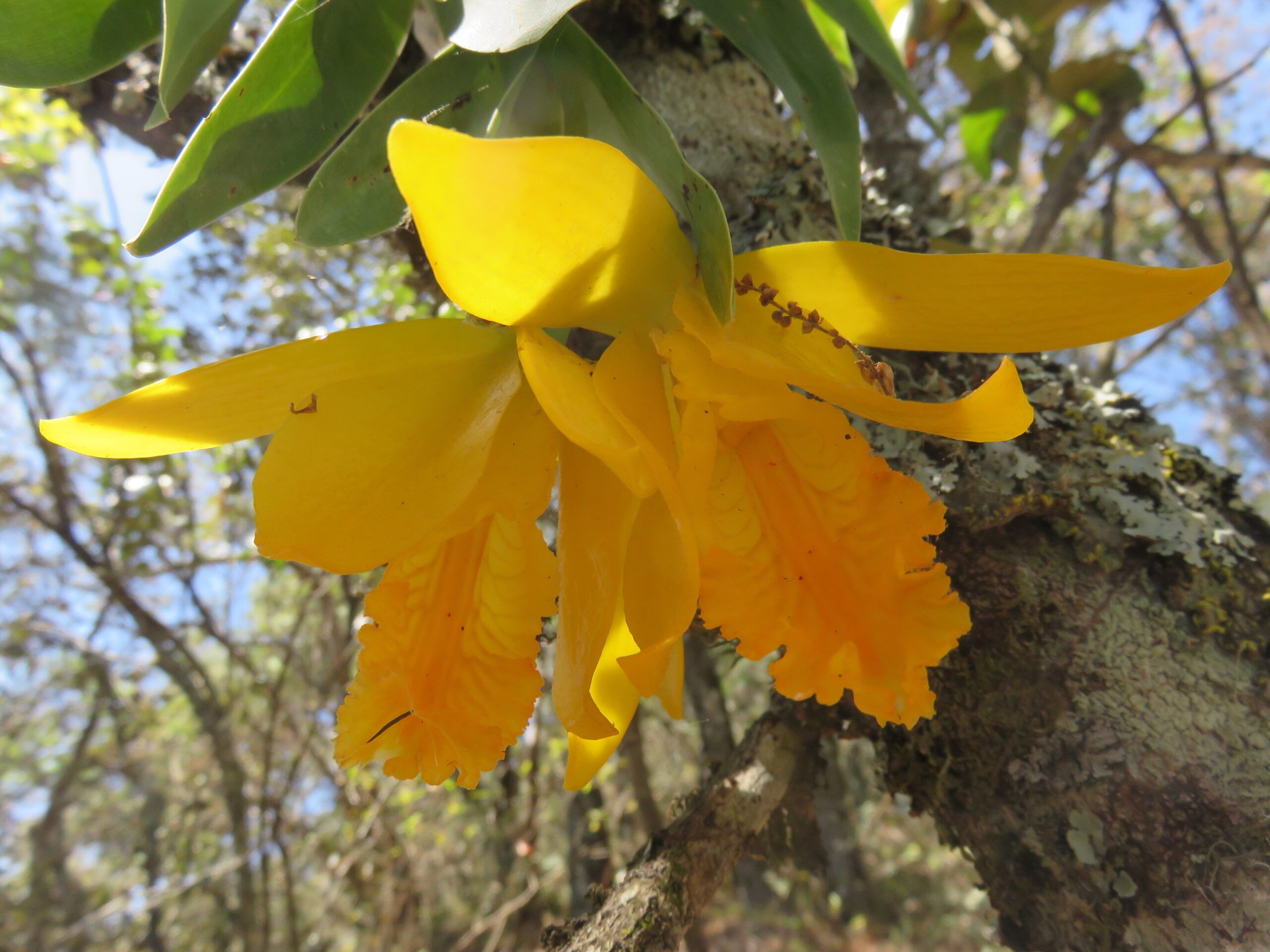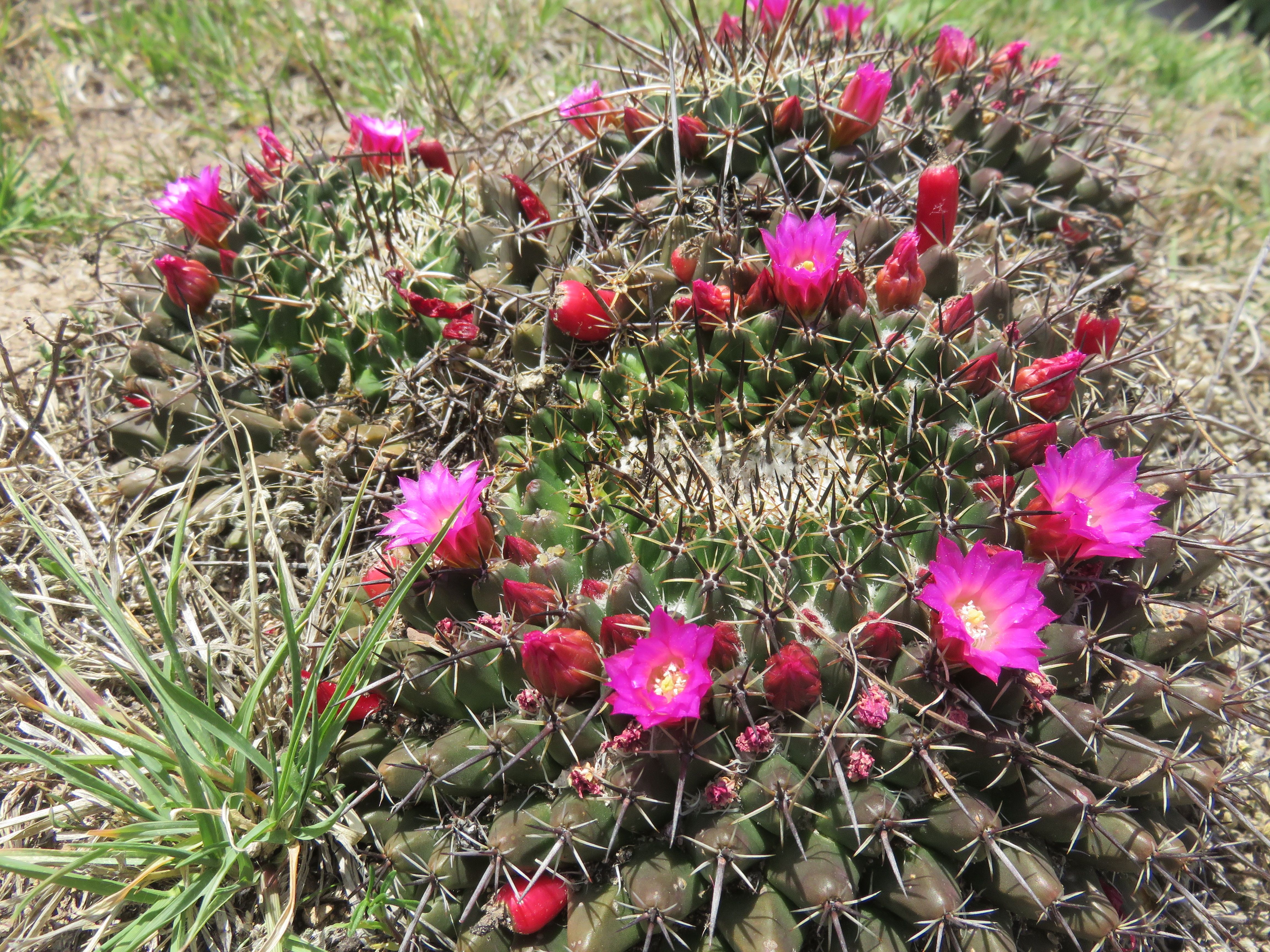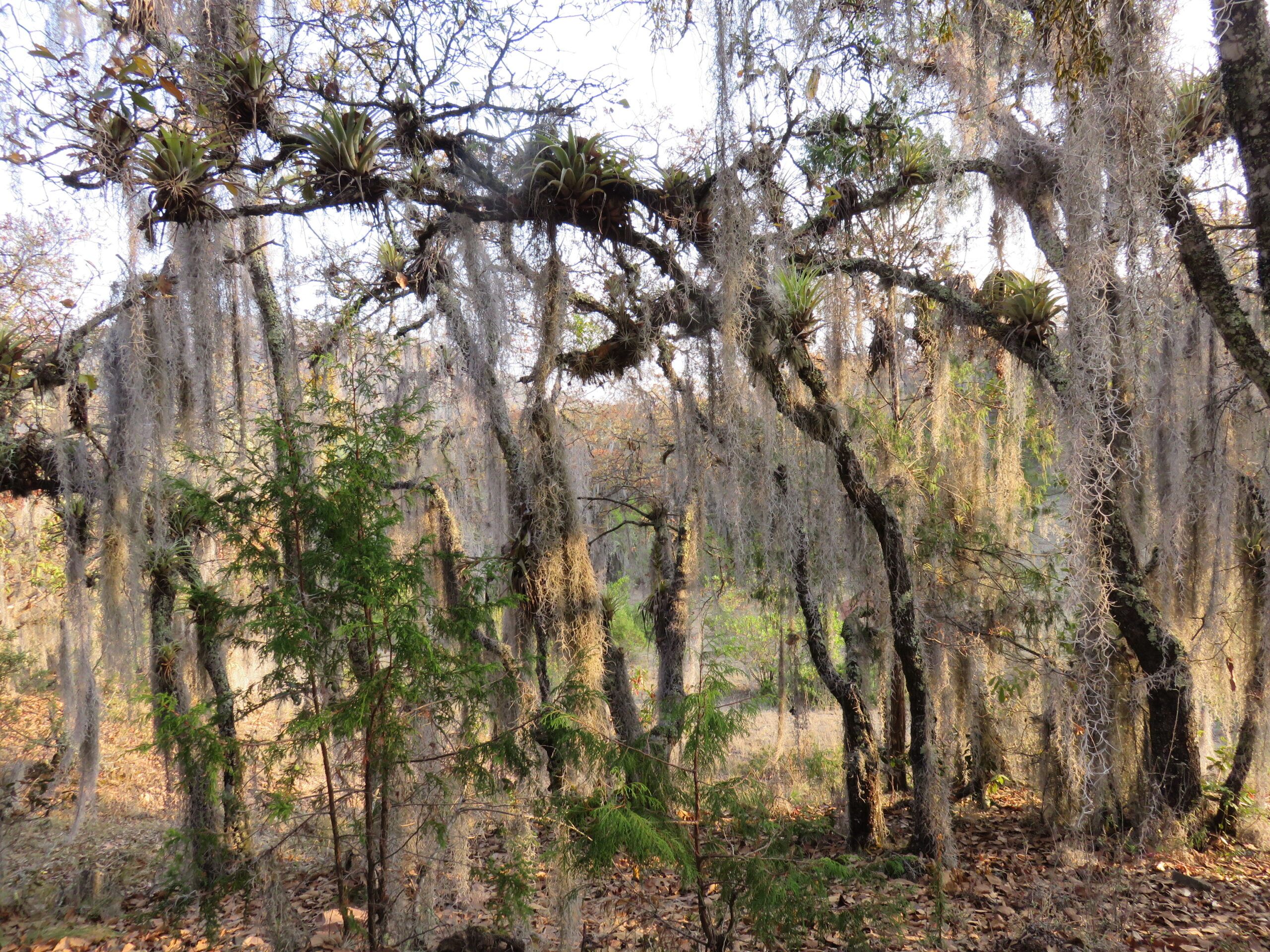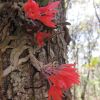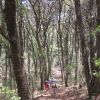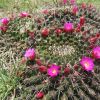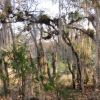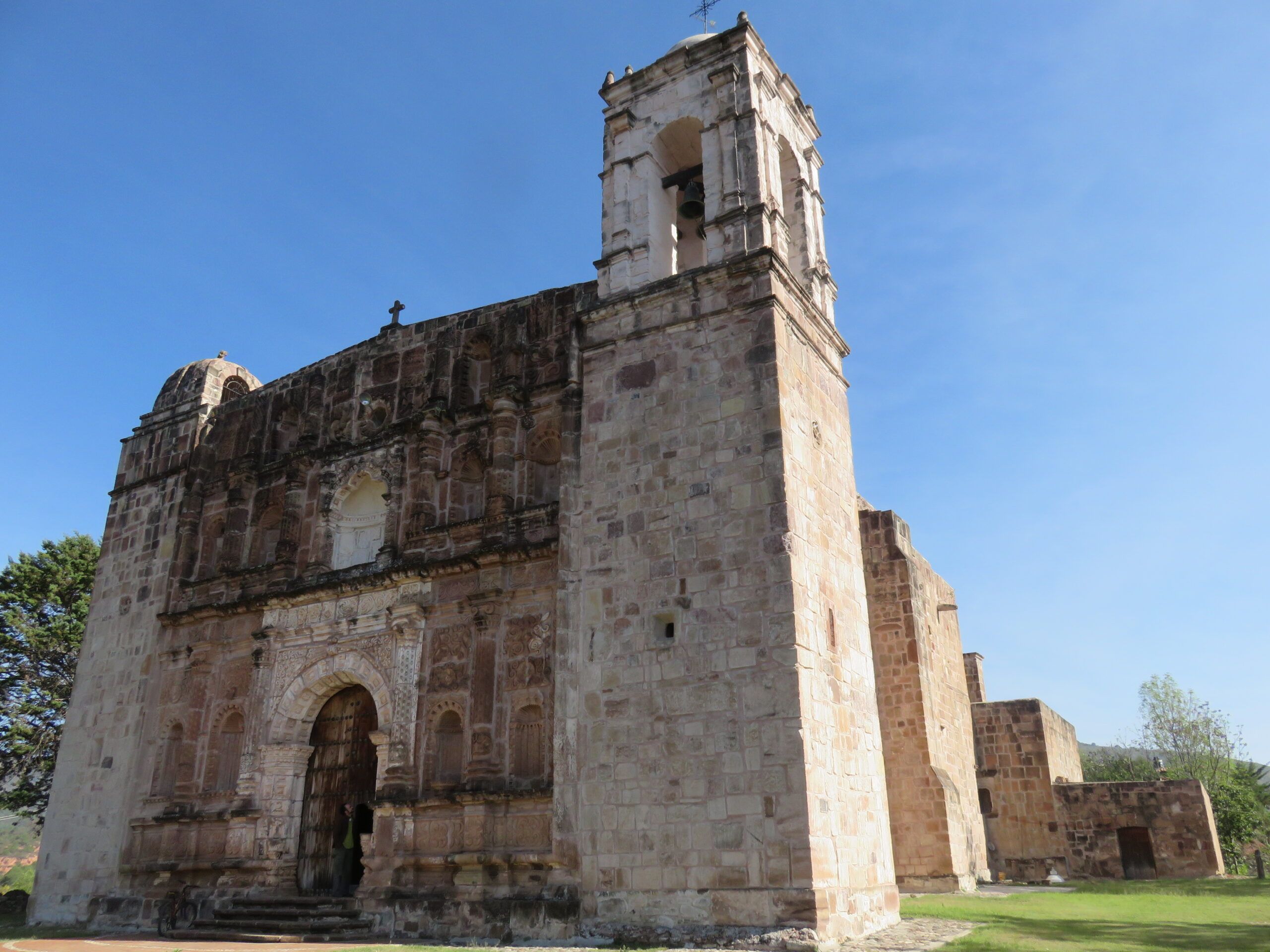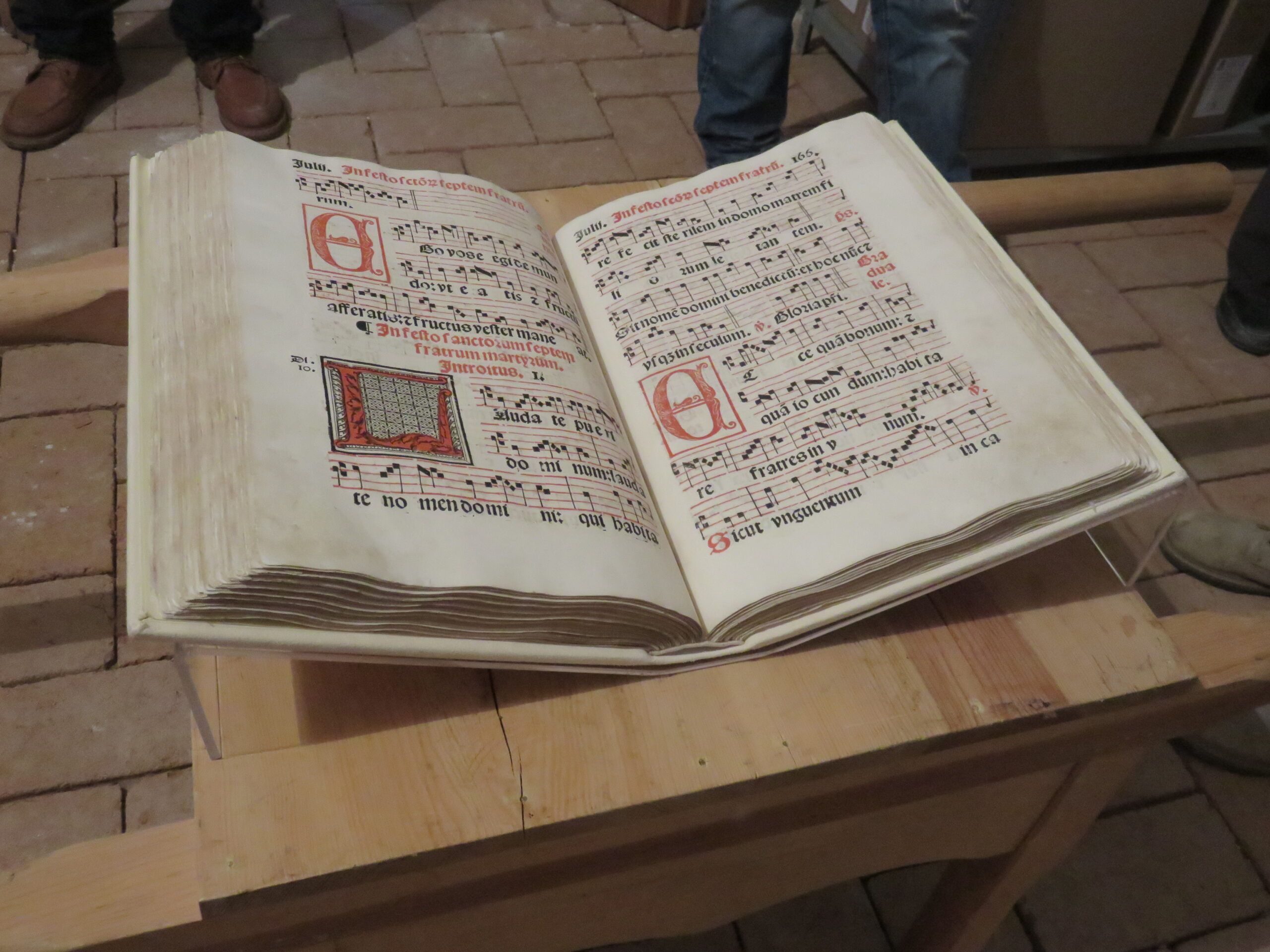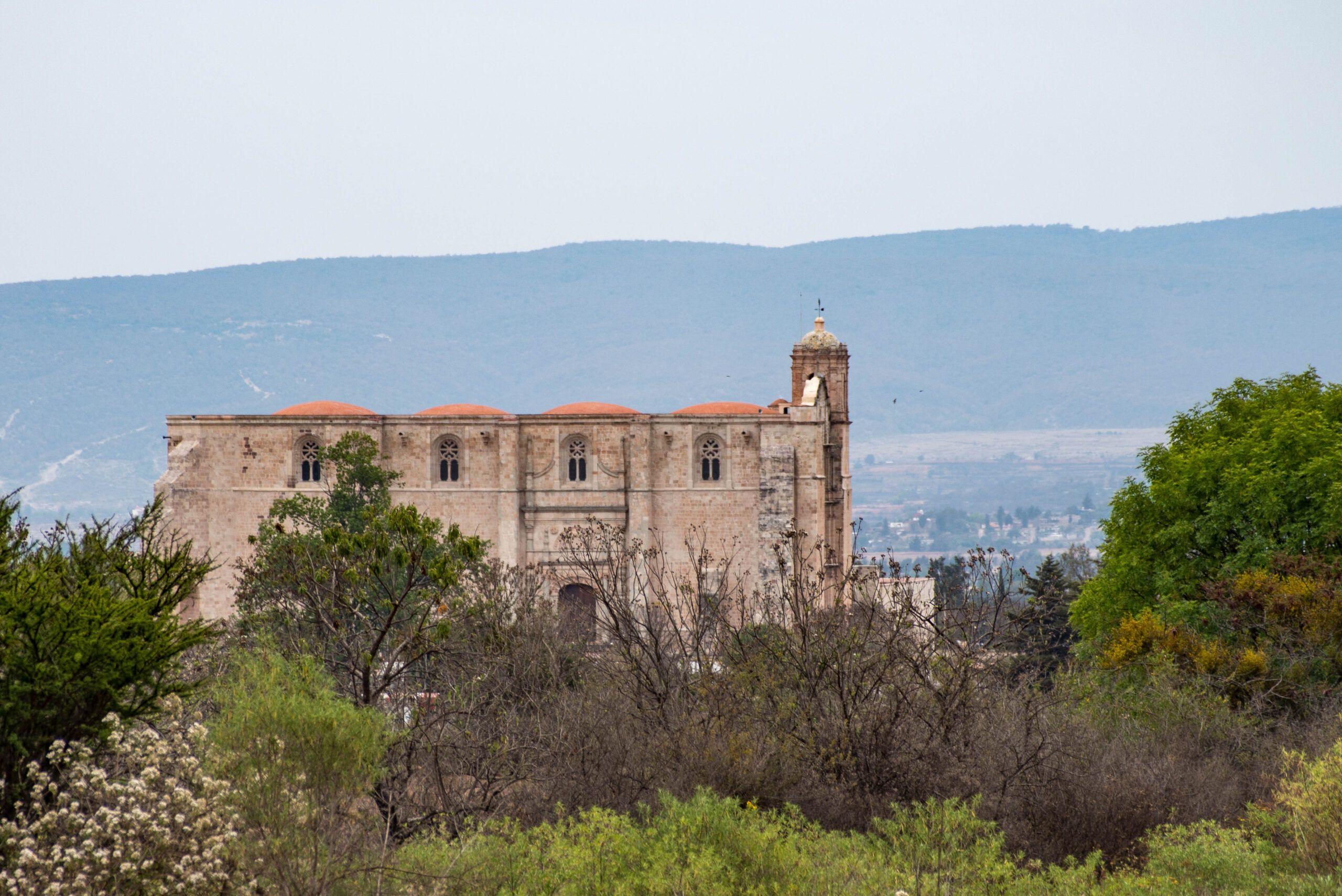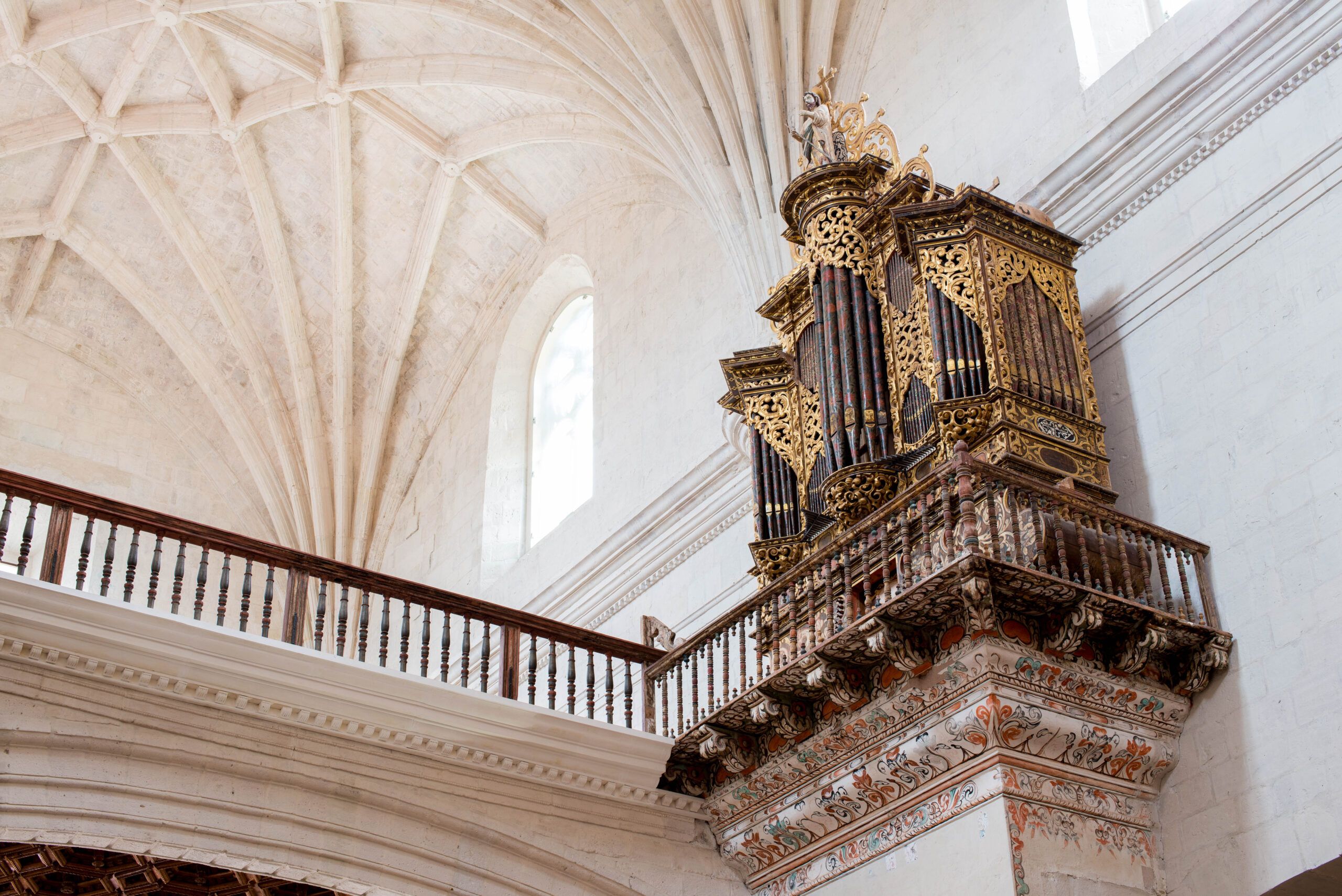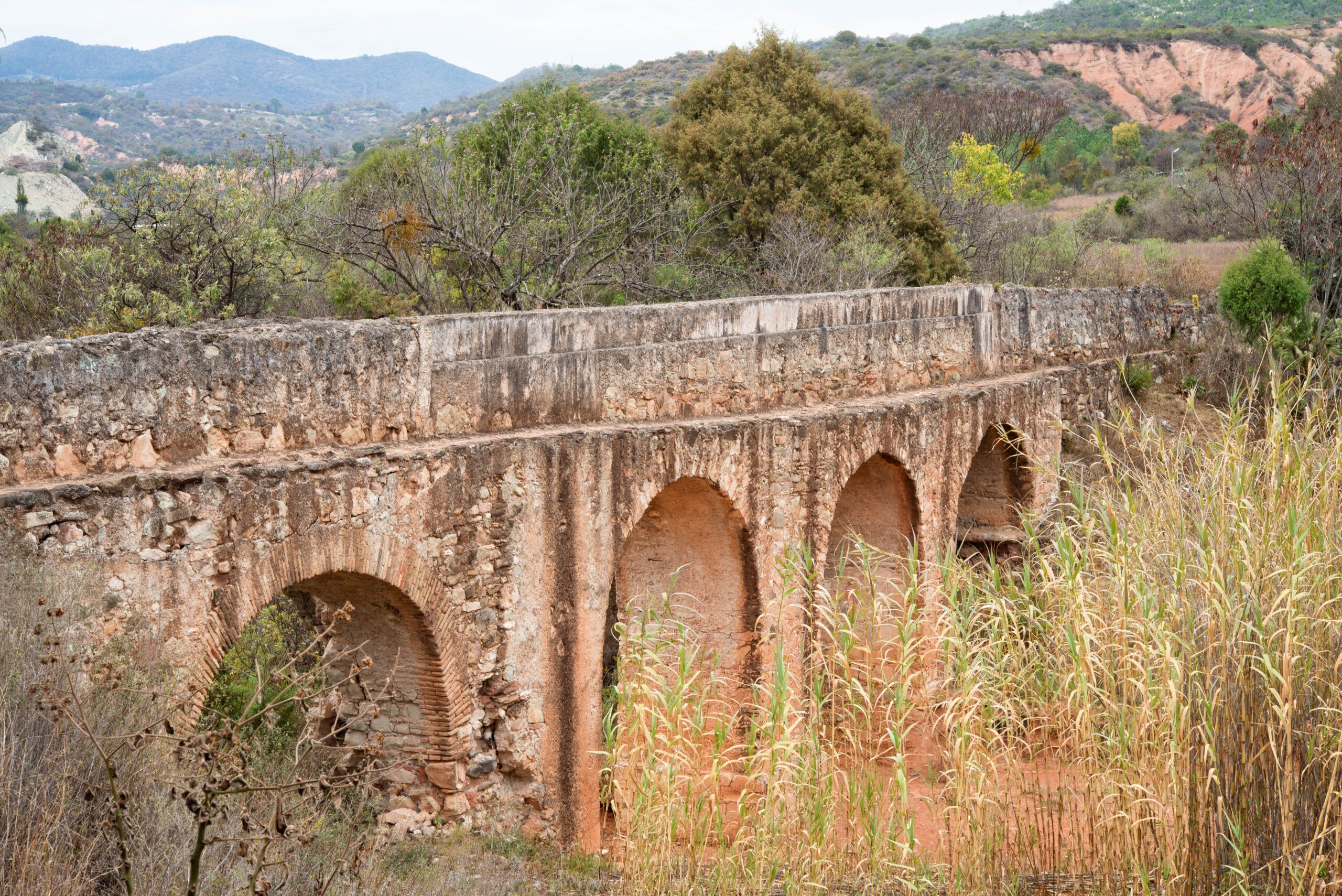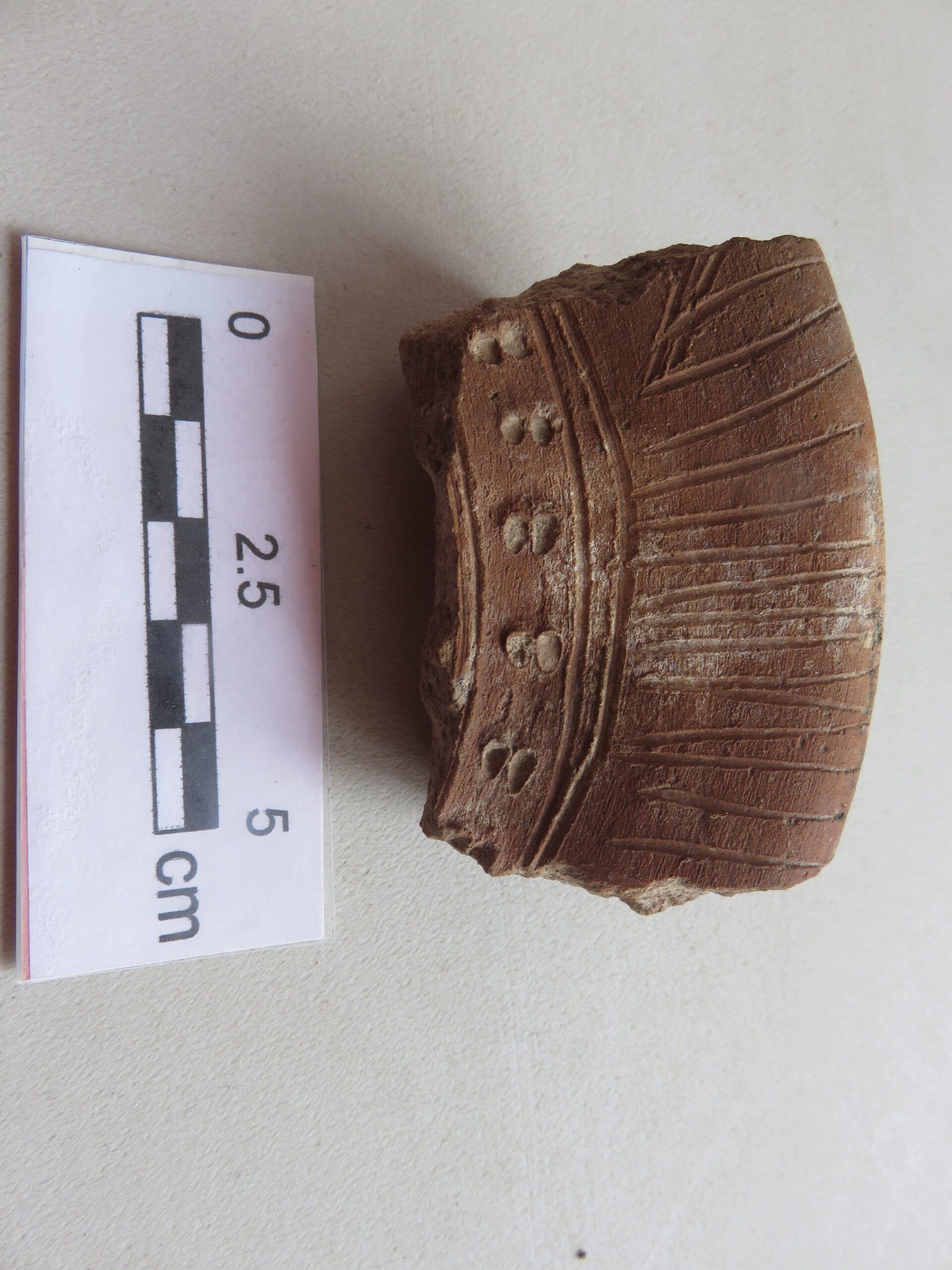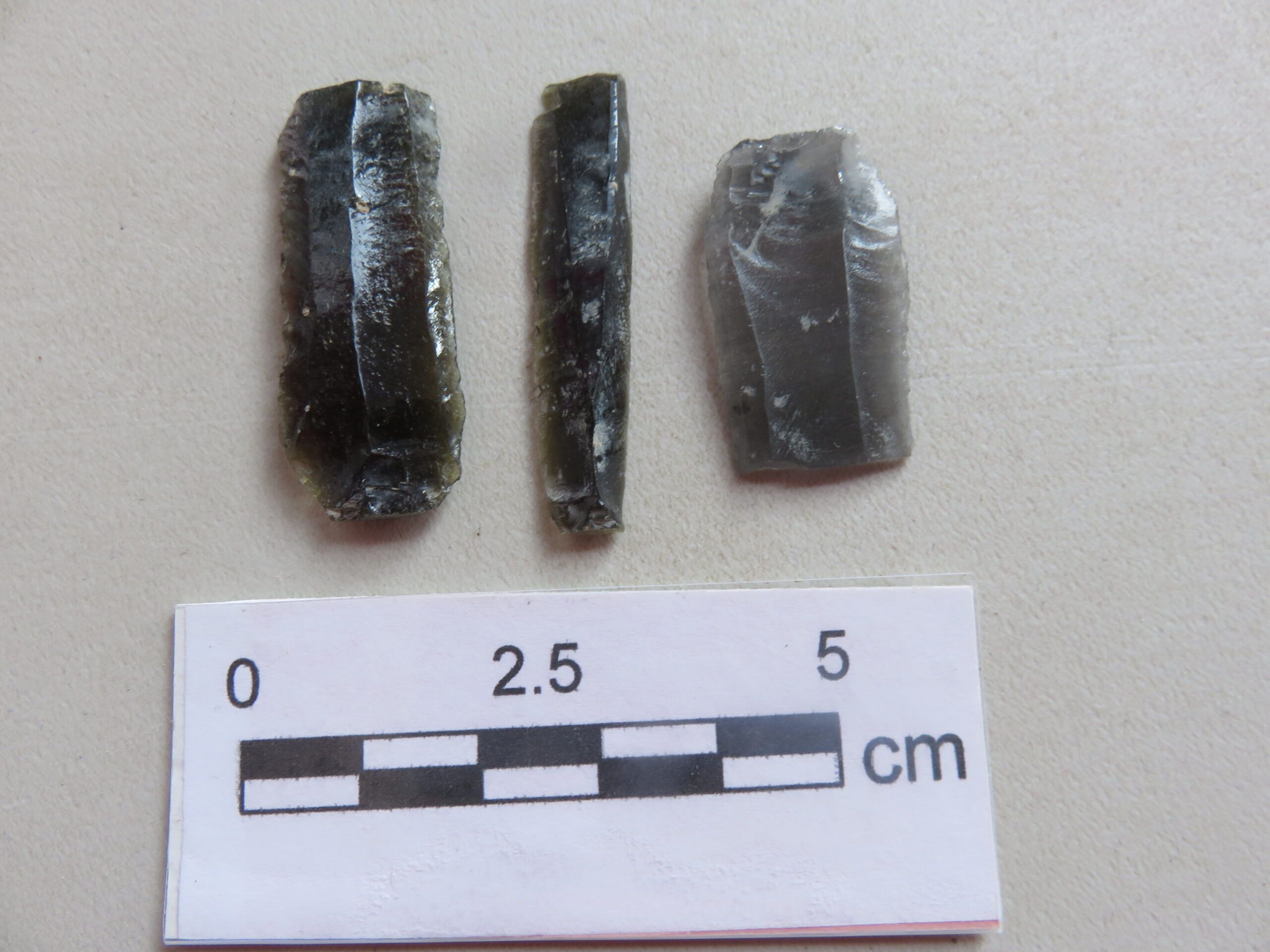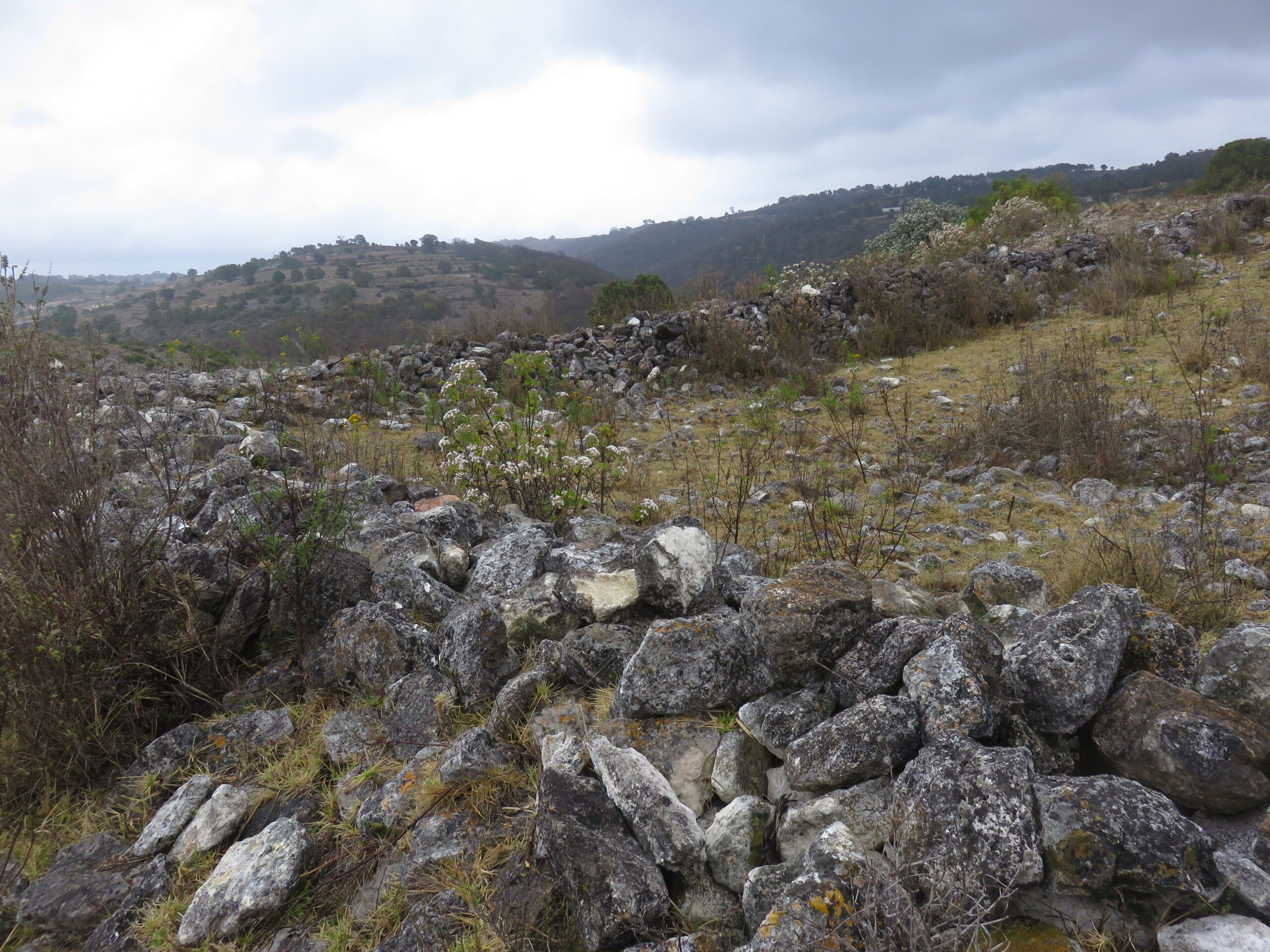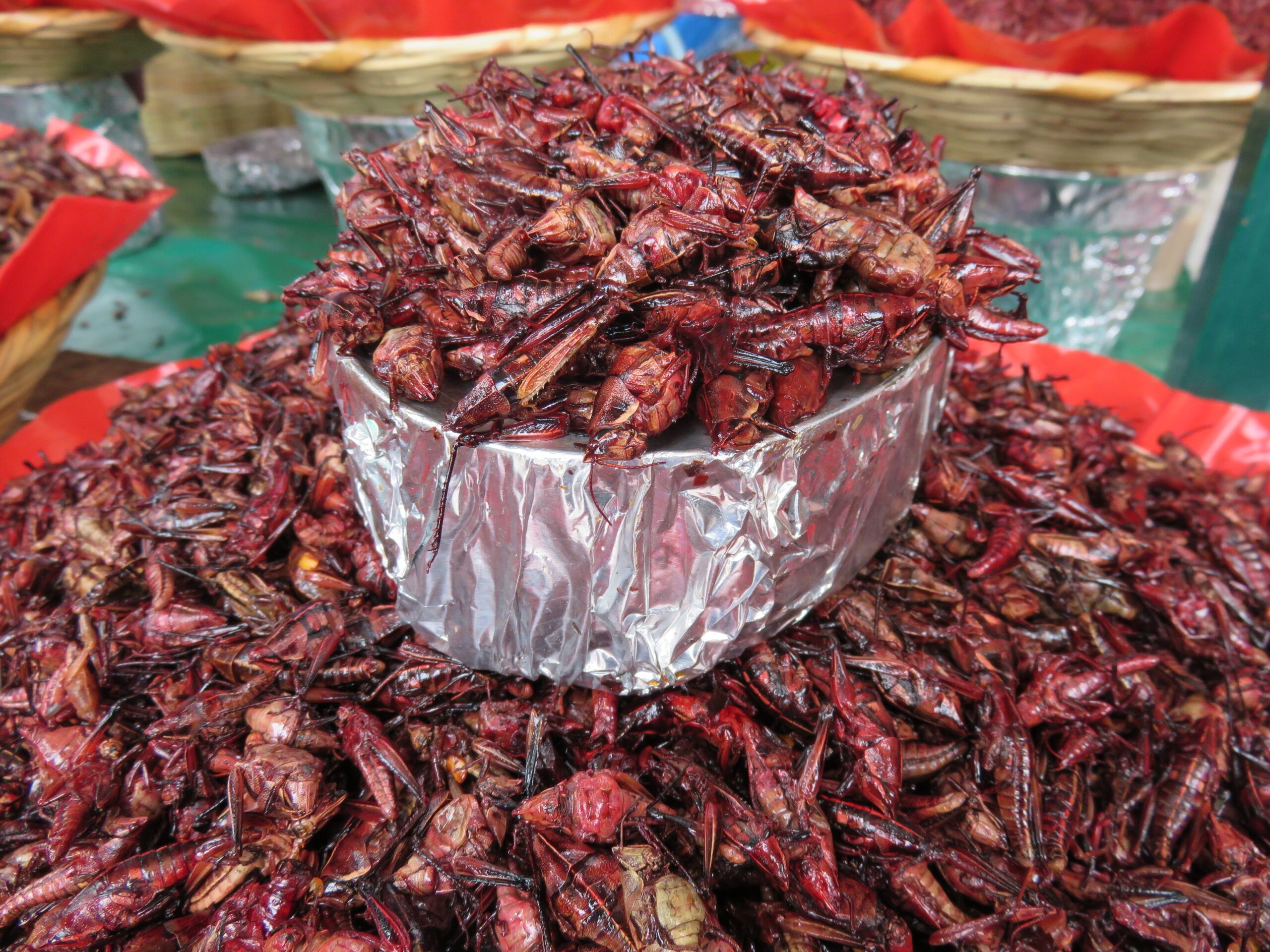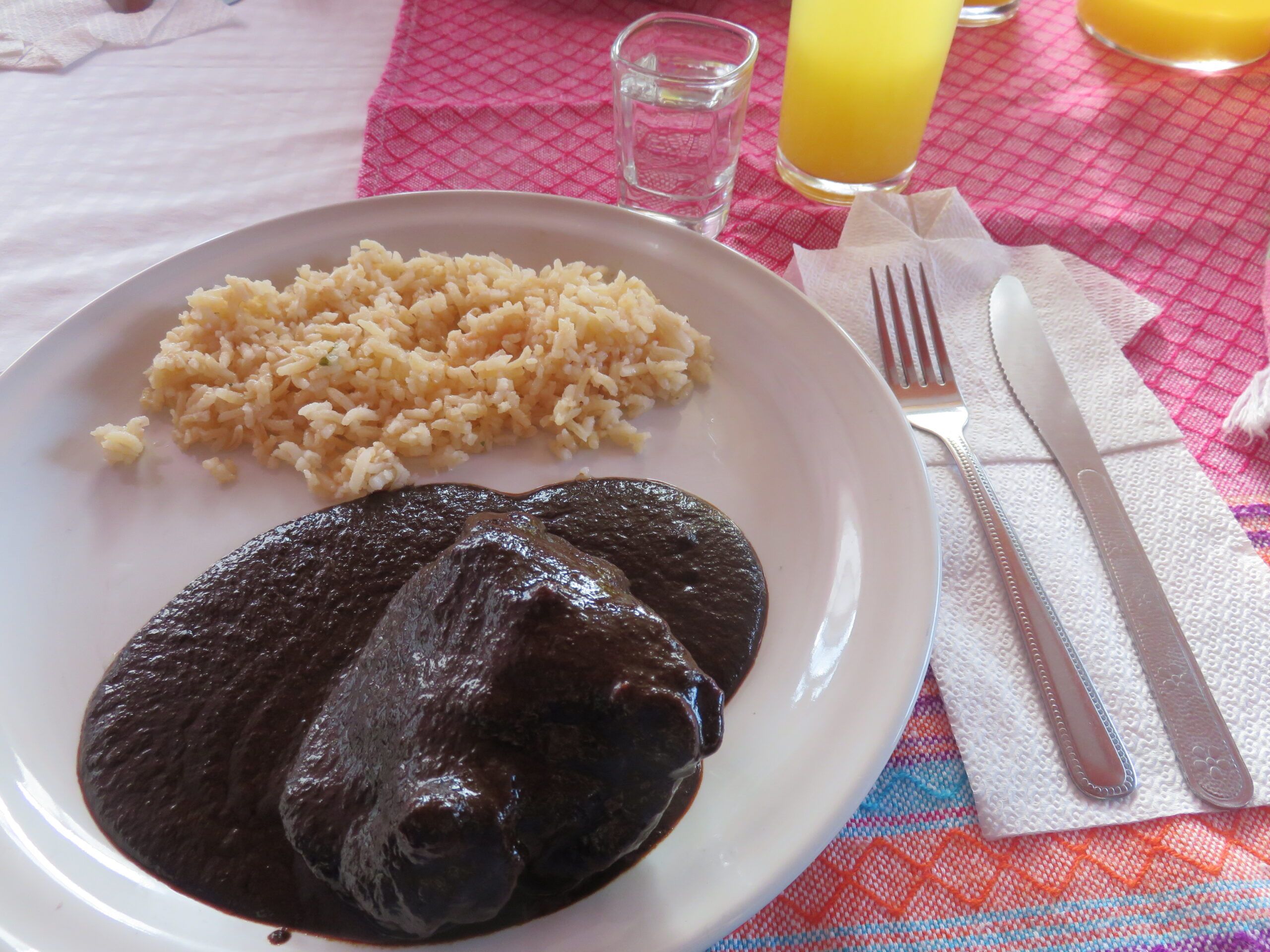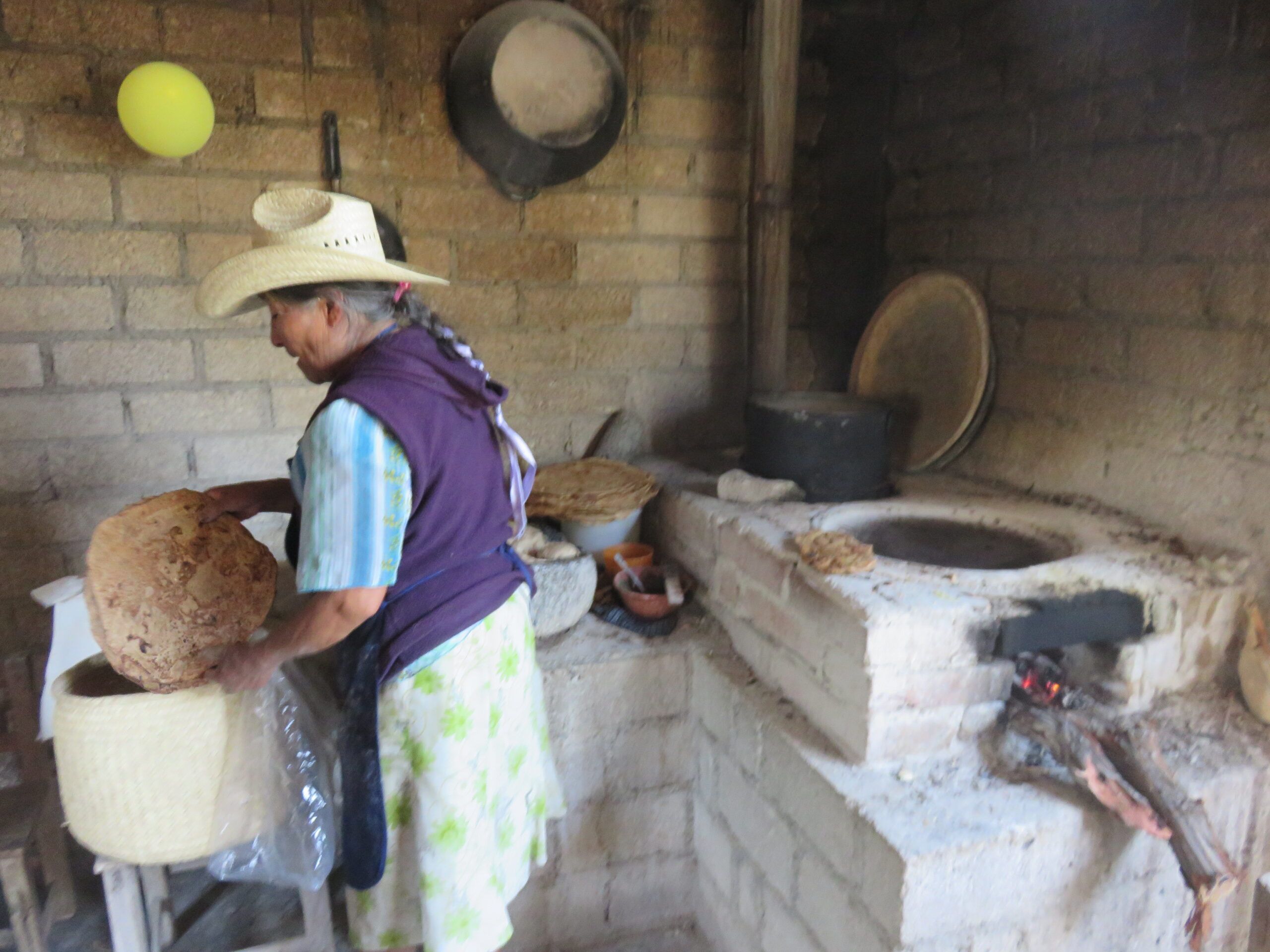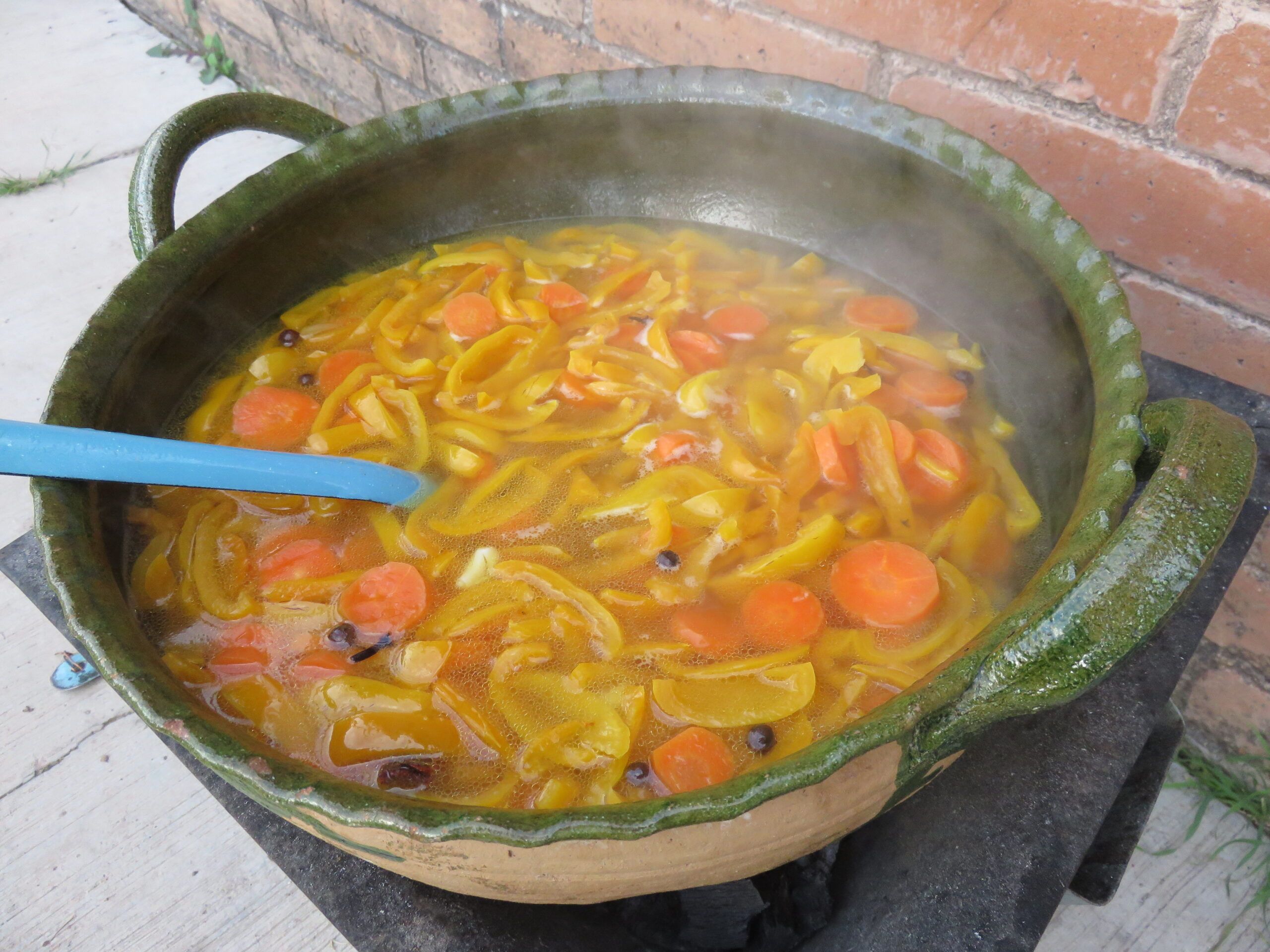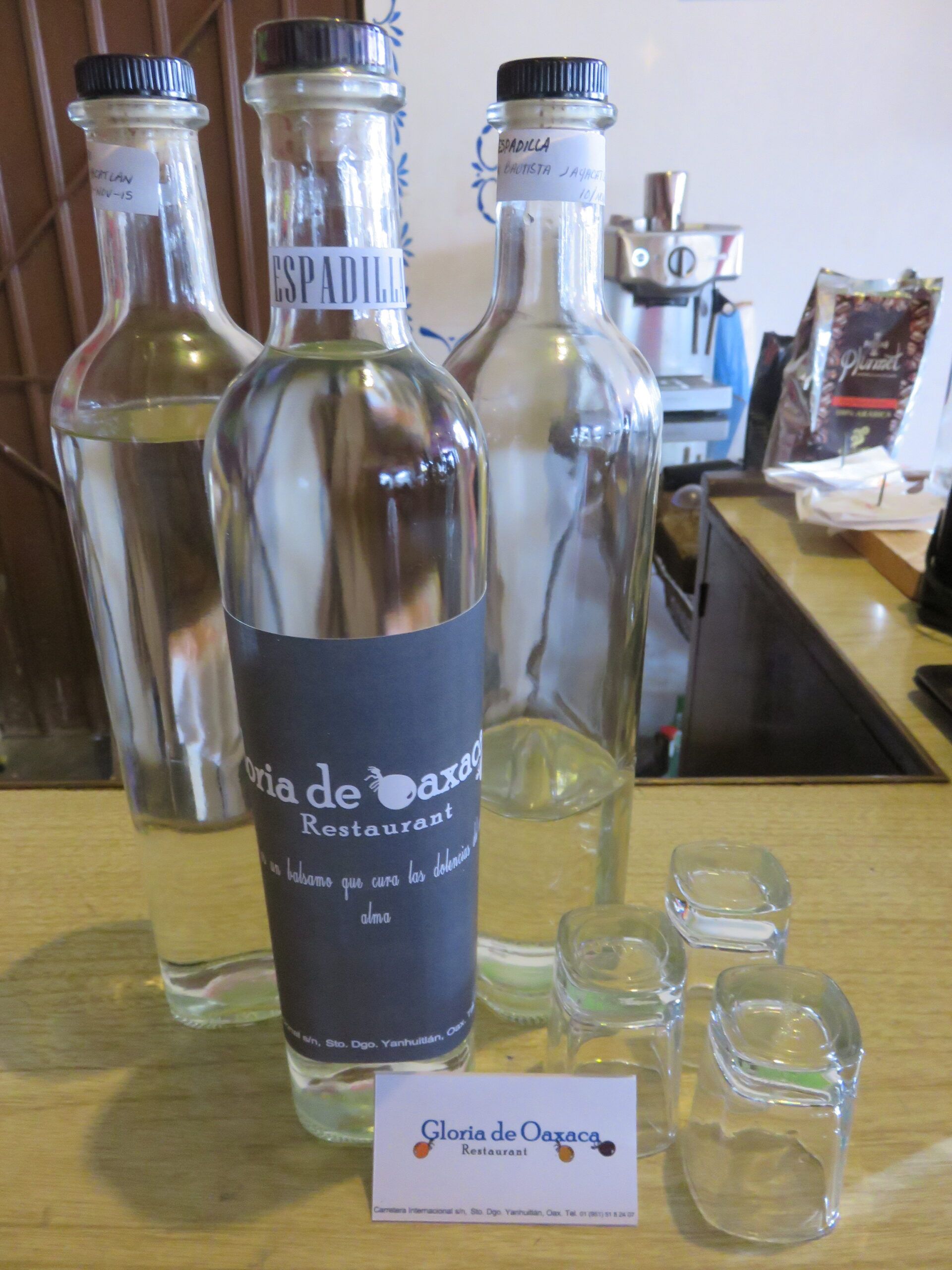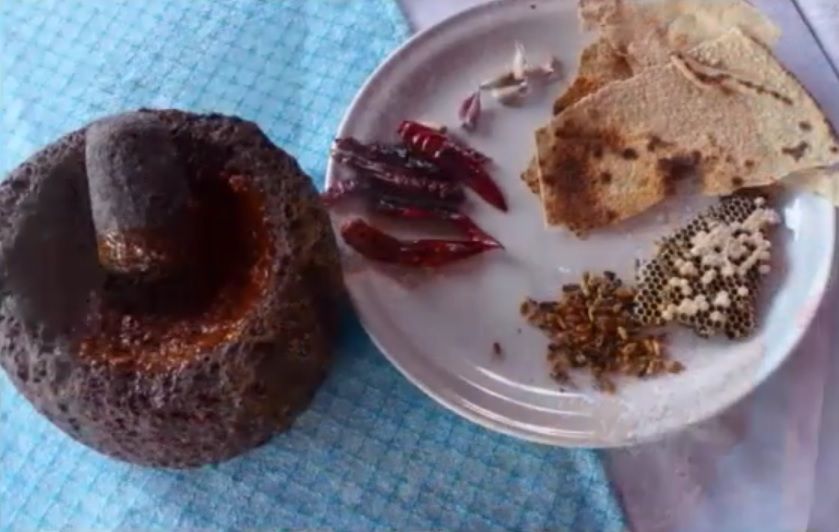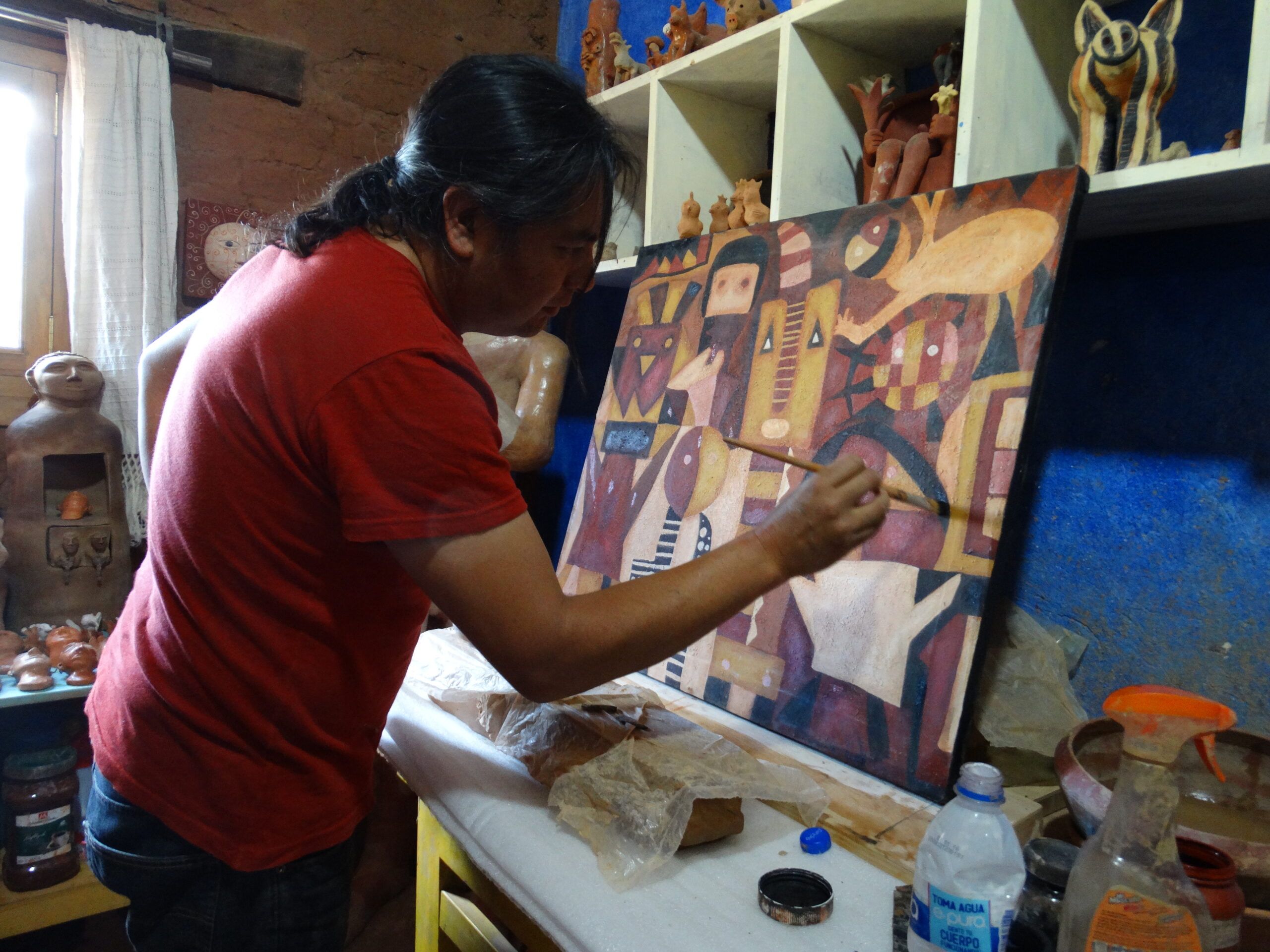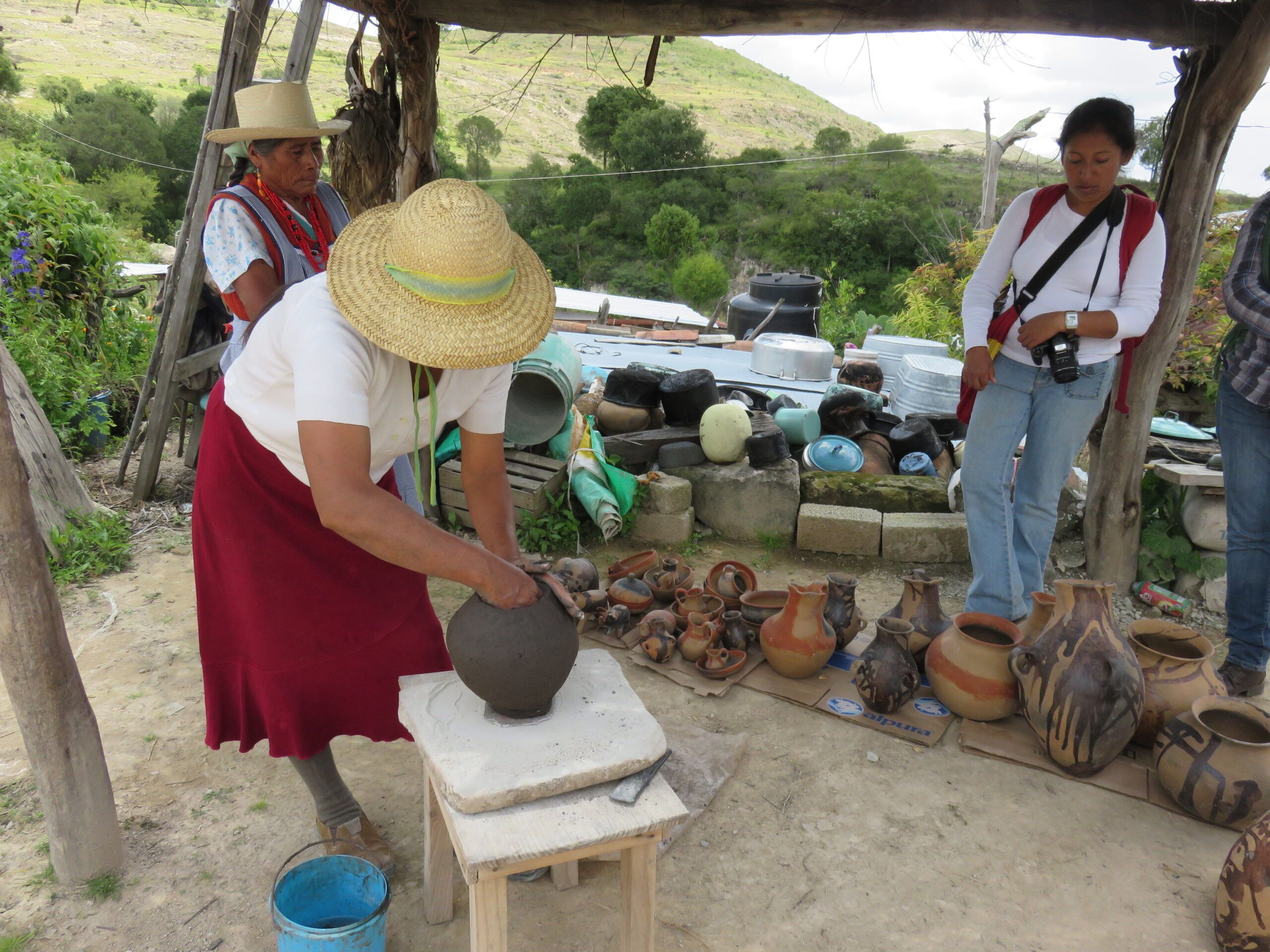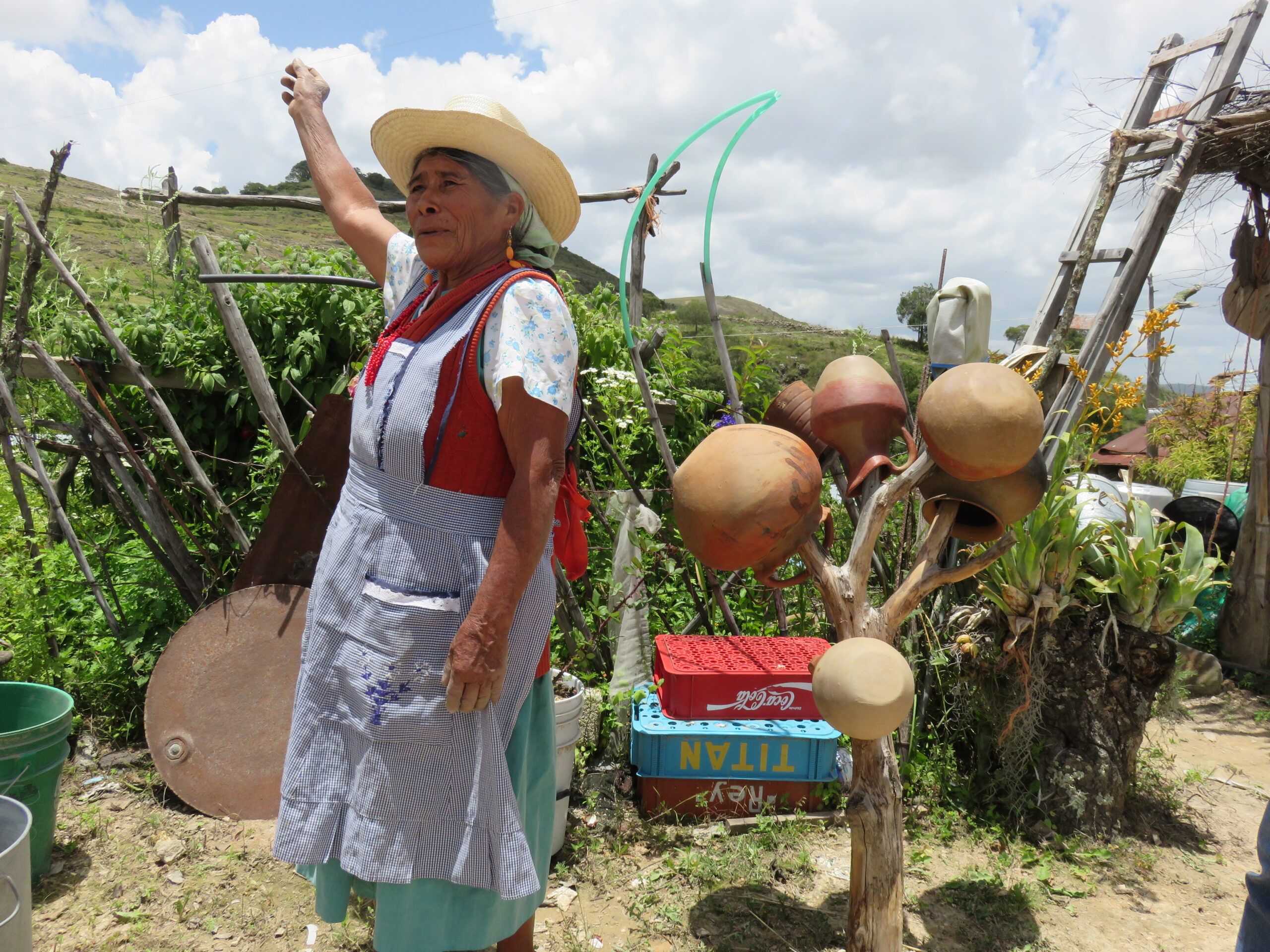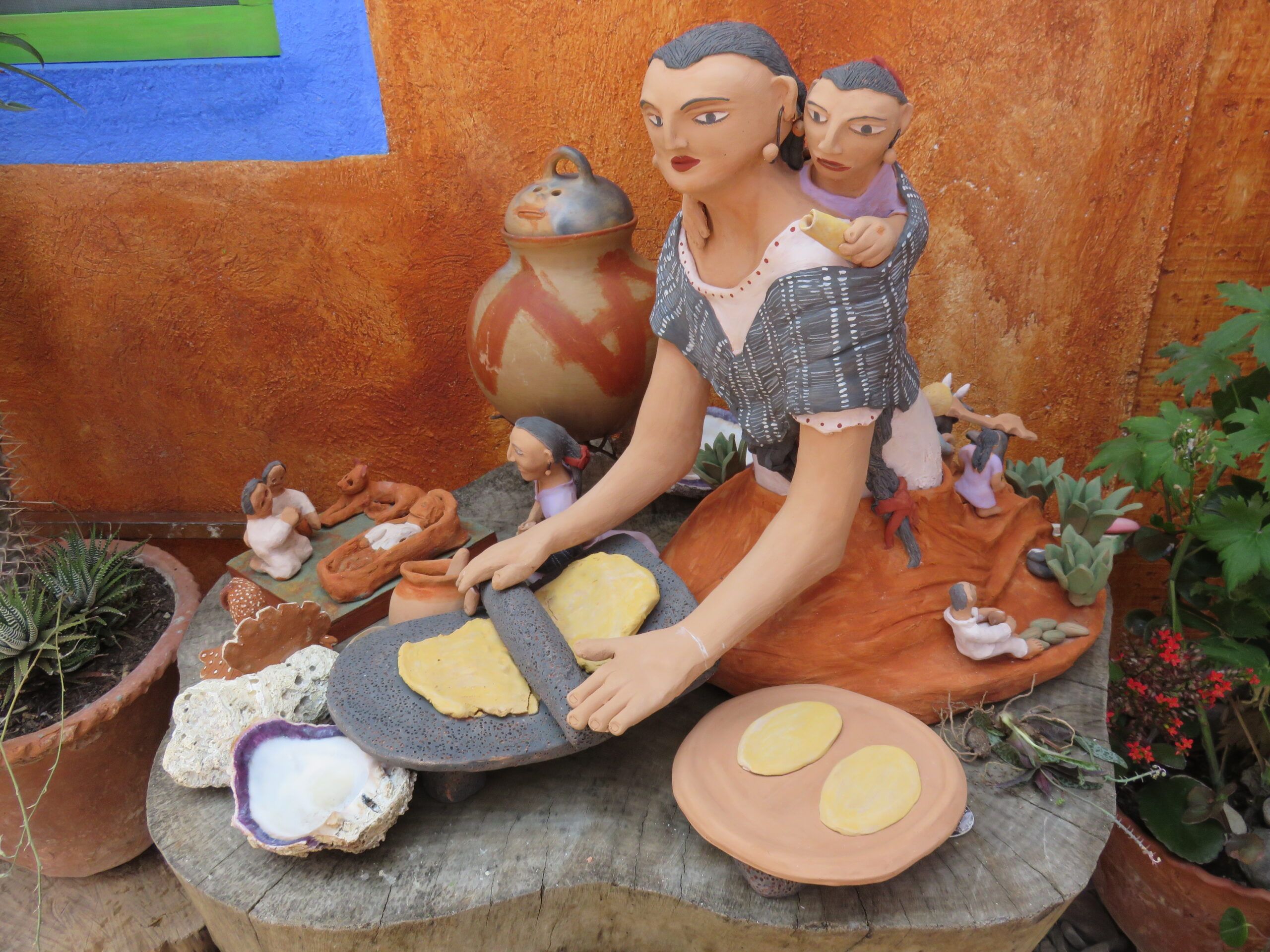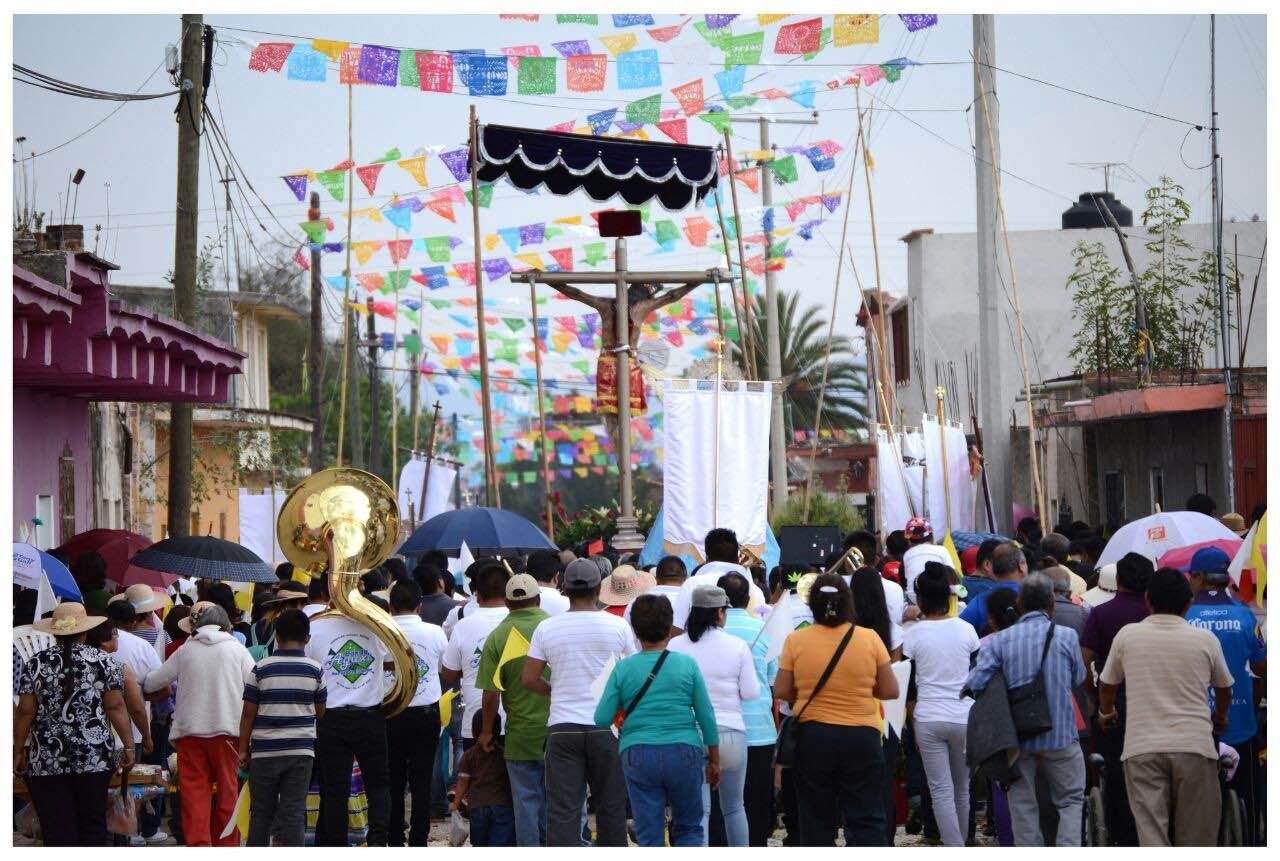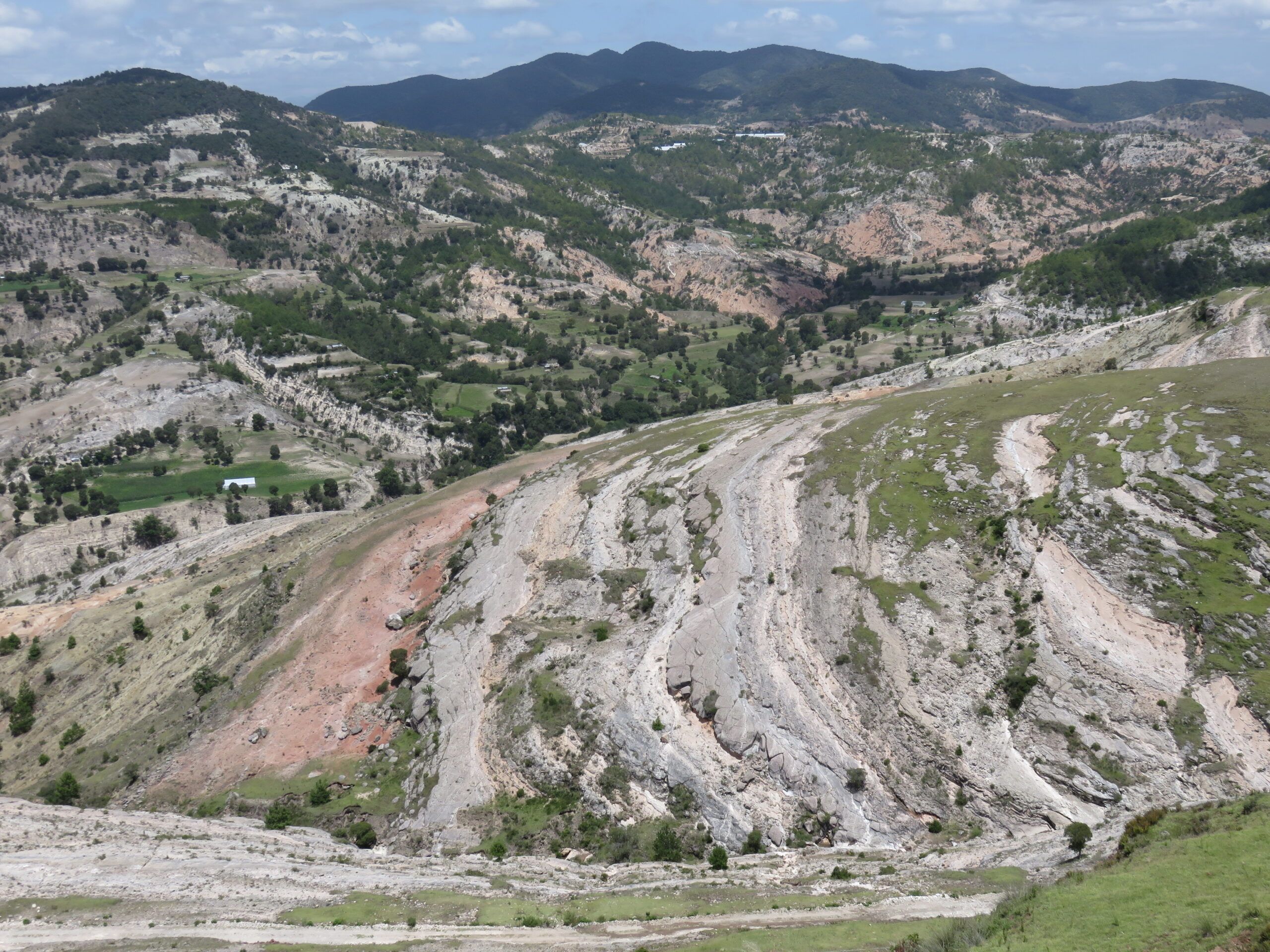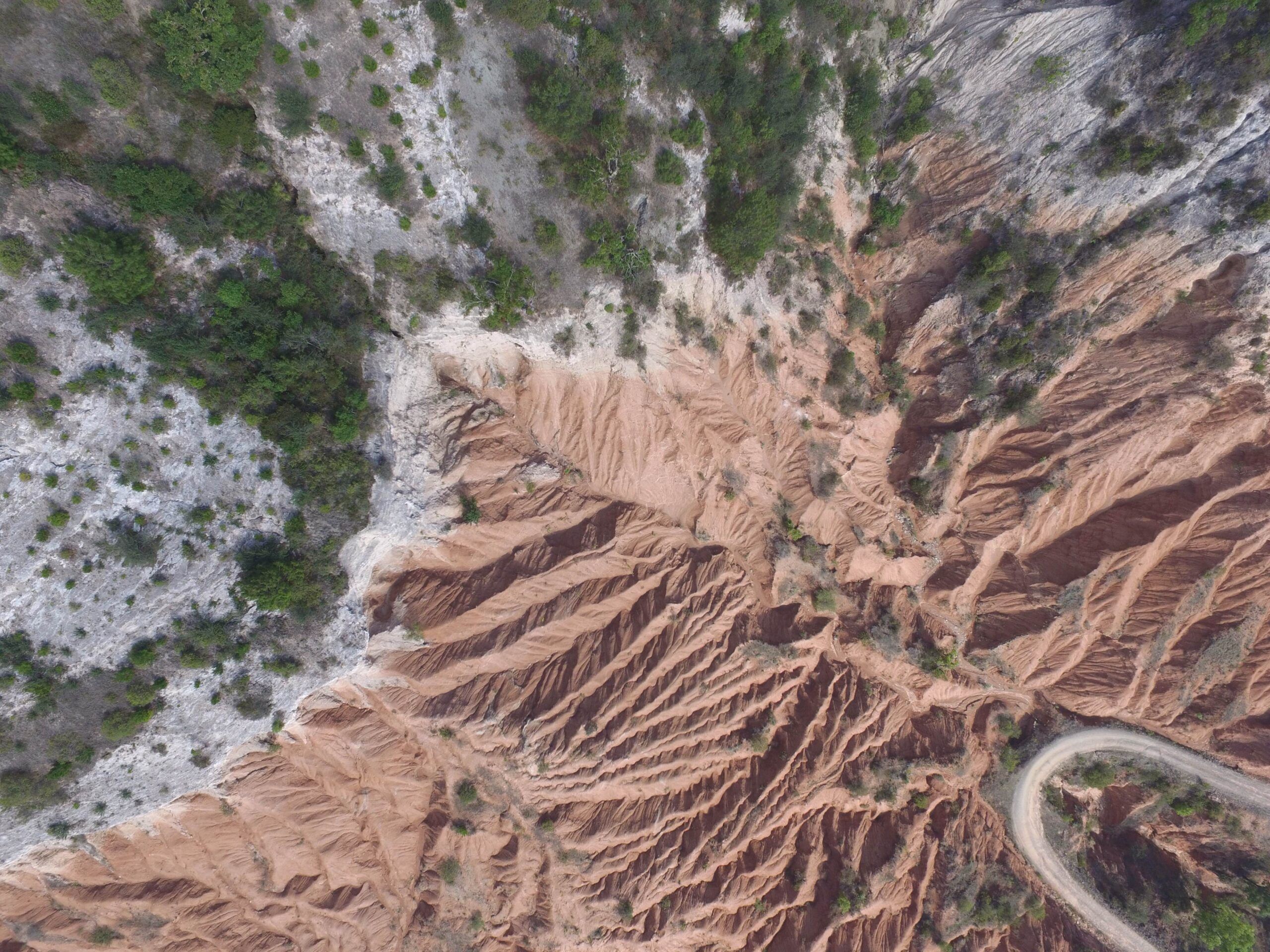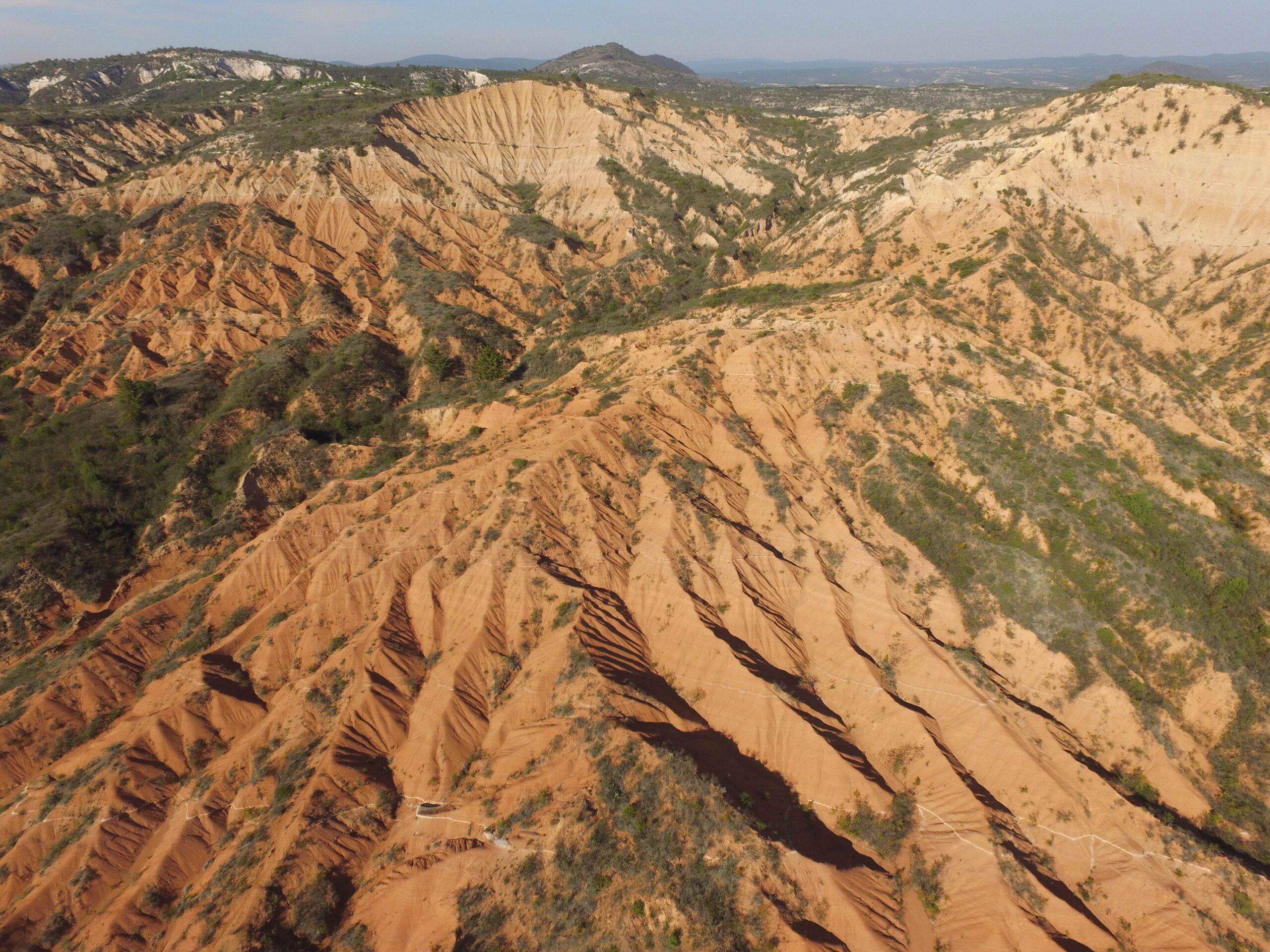Heritage
Ecology
Mexico is one of the main megadiverse countries in the world and the State of Oaxaca has a great variety of ecosystems with an enormous variety of plants and animals. Although some regions of the state, such as the Mixteca Alta, show advanced deterioration in some of their resources, there are also well-preserved areas that invite visitors to explore them and learn about their flora and fauna. In the Geopark, one of the most attractive trails has been designed as part of the Mixteca Alta Project and is located in the Santa María Tiltepec municipal agency, in San Pedro Topiltepec. Along the 4 km long trail, dense oak and pine forests and a great variety of orchids are its main attraction.
Nature is part of our territories and is of great importance to the community, especially for the ecosystem services it provides. Come and learn a little of the highlights of nature and some of the many ecosystem services it provides us with. The Commissariat of Santa María Tiltepec and the Ecotourism Center invite you to get to know part of the natural and cultural richness of this community. Get to know the Ñu-Un Yucu interpretative trail, where you can observe a great variety of orchids, birds and amphibians, you can also visit two viewpoints with extraordinary views of the Geopark.
History
There is evidence that the Mixteca Alta territory was inhabited at least 5,000 years ago and most probably the first settlers arrived in the region 10,000 years ago. The intense relationship between population and natural resources is responsible for the current landscape. The region has been densely populated since pre-Hispanic times and their activities have left a deep imprint on the landscape over time. History, geography and geology merge in an indissoluble way and allow us to understand one of the most impressive landscapes in Mexico.
Archaeology
The Mixteca Alta is one of the most important cultural regions of Mesoamerica. The Mixtec culture has been studied by Mexicans and foreigners and although much is known about it, there is still much to be known. In the Geopark the archaeological remains are abundant; impressive vestiges can be visited highlighting the archaeological site located in the Jazmín hill, one of the most important Mixtec urban centers.
Gastronomy
Oaxacan gastronomy is world famous. Its richness is largely based on the indigenous tradition that incorporates in its cuisine elements derived from the extraordinary biodiversity of the region. Insects, worms and other natural products are consumed daily and constitute an intangible cultural heritage worth knowing.
Culture
The cultural heritage of the Mixteca Alta includes tangible and intangible aspects. Impressive pre-Hispanic constructions are combined with the extraordinary Dominican order convents and churches built since the 16th century and during the Viceroyalty. The altarpieces of its temples and the paintings that decorate the interior of these monuments are an attraction worth seeing. In addition to this, the numerous festivities that take place throughout the year in all the communities invite to the appreciation of this intangible heritage.
Geology
The main attraction of the geopark is its geological and geomorphological diversity. The impressive erosive forms of the Mixteca Alta and their relationship with geology are examples of high didactic value whose origin and development allow us to transmit the knowledge of the Earth Sciences and the close relationship they have with the historical development of the population.


